Catalog
Search
619 products
View:
- Selected: 1Areas of use
- Selected: 0Item names
- Selected: 0Manufacturer
- Selected: 0Made in
- Selected: 0Additional
View:
619 products

Measuring antenna P6-23M
Technical specifications:
Frequency range (0.85 - 17.44 GHz)
Standing Wave Coefficient (SWR) < 1.7
Effective area at least in the frequency range - from 0.85 to 15 GHz > 150 cm2 - from 15 to 17.44 GHz > 110 cm2
The margin of error of the effective area in the frequency range, no more - from 0.85 to 8.5 GHz ± 20% - from 8.5 to 17.44 GHz ± 15%
Orthogonal polarization signal level -25 dB
The level of the side lobes, no more than -10 dB
Ambient temperature -50°C - 50°C
Gabbar dimensions (HxWxD) 887x351x265 mm
Weight 6,8 kg
MNIPI
Minsk
Produced in: Belarus, Minsk
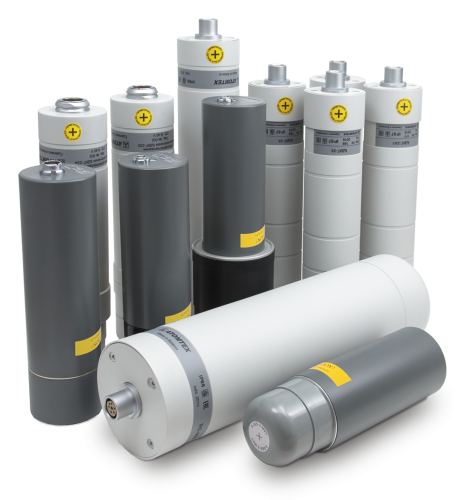
DOSIMETRIC GAMMA RADIATION DETECTION UNITS
Gamma radiation Detection Units (BDKG-04, BDKG-22, BDKG-23, BDKG-23/1, BDKG-24, BDKG-25, BDKG-30, BDKG-32, BDKG-35, BDKG-36, BDKG-38, BDKG-204, BDKG-224, BDKG-230) are designed to use as part of stationary and mobile radiation monitoring posts and robotic devices for ground, aviation and marine applications.
Atomtekh
Minsk
Produced in: Belarus, Minsk
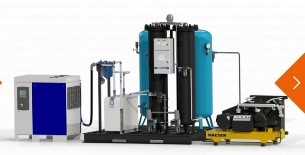
Nitrogen station of adsorption type
A nitrogen station is a set of equipment for the production and supply of high—pressure gas obtained from atmospheric air by short-cycle heat-free adsorption. Unlike the adsorption plant, the station is equipped additionally with a booster compressor that creates the necessary pressure putting the squeeze on the compressor.
High-pressure nitrogen adsorption stations produce production gas of any purity with a pressure of up to 500 bar, as well as gas filling in cylinders. The performance of the equipment is determined by the customer's requirements.
Provit specialists will help you to choose the equipment and calculate the price. The standard warranty is 12 months from the date of commissioning.
Nitrogen station composition:
Air compressor
Dehumidifier
Main Filter Block
Air receiver
Adsorption generator
Receiver
High-pressure booster compressor putting the squeeze on
PROVITA
Saint Petersburg
Produced in: Saint Petersburg
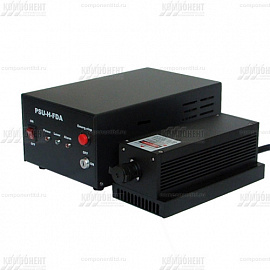
UV Pulsed Laser 355 nm KLM-355-P/h-x
Pulsed CDL lasers of the KLM-355-P/h-x series are optimal radiation sources for building control and automation systems, for scientific and medical purposes.
FTI-Optronik
Saint Petersburg
Produced in: Saint Petersburg
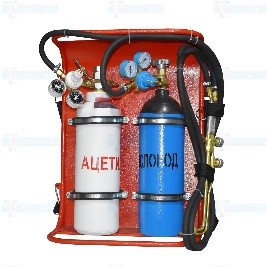
Knapsack installations for manual cutting of steel RU-1 (M1)
from
70 688 ₽
The purpose of this installation is manual cutting of steel sheets and objects of similar hardness (for example, building structures, grilles, doors) using acetylene and oxygen in emergency situations.
The installation is manufactured for climatic performance of UHL category I according to GOST 15150-69, but for operation at ambient temperatures from minus 25 ° C to plus 50 ° C.
Tula-Term
Tula
Produced in: Tula
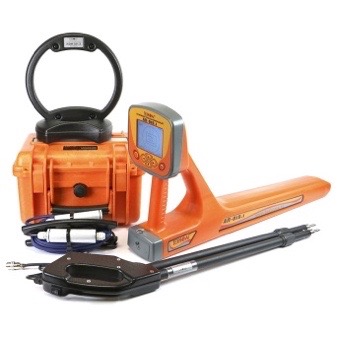
Cable detector with the ability to control the quality of insulation Athlete AG-319SKIN
from
412 620 ₽
A trace searching kit for finding underground utilities (cable lines, metal pipelines, and other communications made of conductive materials), as well as the ability to search for places of damage to the external insulation of communications.
The kit includes a receiver in the form of a monoblock with a large LCD display, which displays an image of the route and automatically calculates the depth of communication up to 10 m, as well as the current in the line and the most powerful multi-frequency generator in the TECHNO-AC line, with a range of up to 10 km.
Connection to the desired route is possible both by contact and contactless method.
TEKHNO-AS
Kolomna
Produced in: Kolomna, Moscow region

Tripod for determining the density of petroleum products LA-901
The use of this tripod extends the functionality of thermostats for determining the viscosity of LOIP LT-910, LOIP LT-912 and allows for density determination tests in accordance with GOST 3900-85 and GOST R 51069-97, in the temperature range -42 ...150 ° C, with an accuracy of up to ± 0.01 ° C.
The tripod works with instruments:
LOIP LT-380
LOIP LT-910
LOIP LT-912
LOIP LT-810
LOIP
Saint Petersburg
Produced in: Saint Petersburg
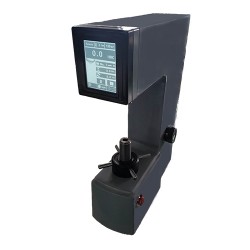
Metolab 202 Rockwell Hardness Tester
METOLAB 202 is a stationary automatic hardness tester designed to measure the hardness parameters of various materials and products on the A, B, C Rockwell scales and the HR15N, HR30N, HR30T, HR45N Super-Rockwell scales. The device has a large and bright display, which displays all the necessary service information, and is also equipped with a built-in mini-printer, so that it is possible to quickly print out the information received on paper. Other features of the METOLAB 202 hardness tester include a fully Russified menu, a wide range of measured values, as well as full compliance of measurements with current standards, including BS.EN 10109 and ISO716.
The stationary METOLAB 202 hardness tester allows you to apply a loading force in 15, 30, 45, 60, 100, 150 kgf and preload 3 kgf, 10 kgf. The device is entered in the State Register of Measuring Instruments of the Russian Federation (GRSI) under the number 65128-16 and comes with a certificate of primary verification (on request).
Regulatory and technical documents establishing requirements for the METOLAB 202 hardness tester:
GOST 8.064-94 GSI. State verification scheme for hardness measuring instruments on the Rockwell and Super-Rockwell scales;
GOST 9013-59 Metals and alloys. Rockwell hardness measurement method. Scales A, B, C;
GOST 22975-78 Metals and alloys. Rockwell hardness measurement method at low loads (Super-Rockwell);
GOST 23677-79 Hardness testers for metals. General technical requirements.
Distinctive features of the stationary METOLAB 202 hardness tester:
All measurements take place in fully automatic mode;
The ability to set the upper and lower measurement limits, audible alarm when the results exceed the set values;
Opportunity to process statistical data – calculation of minimum/average/maximum values, as well as other functions;
Conversion of the obtained results into the Vickers, Brinell and Super-Rockwell scales;
Correction for curvature of cylindrical and spherical parts;
Simple and intuitive interface in Russian.
Basic package of delivery:
Stationary Metolab 202 Rockwell hardness tester;
Indenter with a ball (1.5875 mm) - 1 pc.;
Conical diamond indenter (120°) - 1 pc.;
Flat table SP1 (60 mm);
V-shaped prismatic table SRP1 (40 mm);
Rockwell and Super-Rockwell Hardness Measures;
User Manual.
Metolab
Moscow
Produced in: Moscow
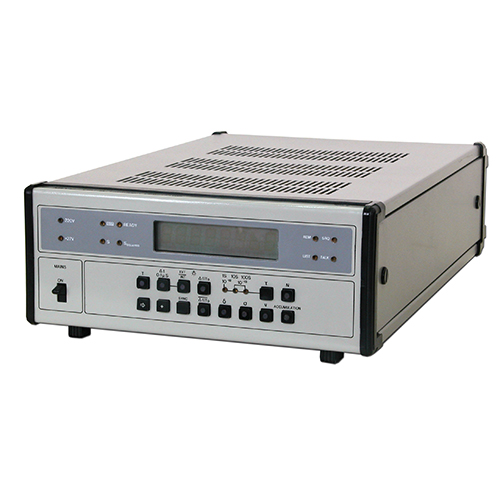
Frequency comparator CHK7-51
Mathematical processing of the measurement makes it possible to determine and display on the indicator board the relative systematic change in frequency, the average relative value of the frequency difference, the RMS relative frequency deviation, the RMS relative two-sample frequency deviation.
NNPO im. M.V.Frunze
Nizhny Novgorod
Produced in: Nizhny Novgorod
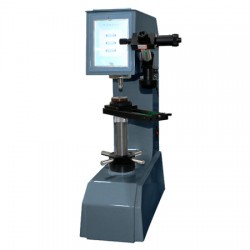
Universal Metolab 703 Hardness Tester
Stationary universal METOLAB 703 hardness tester is a multifunctional device designed to measure the hardness of materials and products on the Rockwell, Brinell and Vickers scales. The device is a modification of the METOLAB 701 and METOLAB 702 meters.
Among the features of the METOLAB 703 hardness tester, the following should be mentioned: a special force sensor for monitoring the applied load; a large and bright color display; software with many functions (including statistical ones – calculation of minimum/average/maximum values, conversion of the results into various scales, automatic switching on of the load, storing data in memory); U-disk for saving and transferring data; creating and editing spreadsheets in Excel format; digital calibration and much more.
Distinctive features of the stationary universal multifunctional METOLAB 703 hardness tester:
A large number of scales for measurements;
Rockwell scales: A, B, C, D, E, F, G, H, K, L, M, P, R, S, V;
Brinell scales: HBW1/5, HBW2.5/62.5, HBW1/10, HBW2.5/15.625, HBW1/30, HBW2.5/31.25, HBW2.5/62.5, HBW10/100, HBW5/125, HBW2.5/187.5;
Vickers scales: HV5, HV10, HV20, HV30, HV50, HV100, HV12;
Multifunctional software in the basic package;
Fully Russian-language device menu, simple and intuitive interface;
Wide range of measured values: 8 – 650 HB; 20 – 93HRA; 20 – 100 HRB; 20 – 70 HRC; 8 – 2900 H;
Load application monitoring using a force sensor;
Large and bright color display;
Creating and editing spreadsheets in Excel format;
U-disk for saving data;
Digital calibration of the device;
Built-in measuring microscope with backlight.
Basic delivery package:
Stationary universal METOLAB 703 hardness tester;
Conical diamond Rockwell indenter (120° angle) - 1 pc.;
Vickers diamond indenter (136° angle) - 1 pc.;
Indenter with 1.5875 mm ball - 1 pc.;
Indenter with 2.5 mm ball - 1 pc.;
Indenter with 5.0 mm ball - 1 pc.;
Indenter with 10.0 mm ball - 1 pc.;
Large flat table 150 mm - 1 pc.;
Medium flat table 60 mm - 1 pc.;
V-shaped table 40 mm - 1 pc.;
Hardness measures - 1 set;
15x microscope - 1 pc.;
2.5x lens - 1 pc.;
5.0x lens - 1 pc.;
User Manual.
Metolab
Moscow
Produced in: Moscow
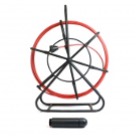
Tracing generator AG-105
from
100 740 ₽
The automatic tracing pulse generator AG-105 is designed to create propagating signals (vibrations) in the routes of hidden communications with the active method of tracerouting. The device creates an alternating sinusoidal current in the studied communication (constantly or in short-term parcels) necessary to determine its location.
The features of the AG-105 generator
Extremely high power output and battery life, for a compact battery pack ("Type C" × 8) and such small overall dimensions.
Universal power supply allows you to reach an output power of over 20 watts. With autonomous power supply, the "life cycle" depends on the quality of the "type C" batteries used. For example, with an initial output power of 7 watts in continuous generation mode, the "life cycle" is ≈ 5 hours, and with an initial output power of 15 watts in intermittent modulation mode, the "life cycle" is ≈ 25 hours (using standard new "fresh" batteries, for example, "Energizer C"). When using "ultra-high-capacity" batteries (for example, "Duracell ULTRA" or "COSMOS"), the battery life can be increased by 20-30%. When connecting an external "12V" battery (for example, a car), the operating time is determined by the capacity of this battery. When connecting an external mains power supply "15 V", the operating time is not limited.
The dimensions of the portable device in the case are 216x180x105 mm, and the weight does not exceed 2 kg.
These features are provided by the use of an ultra-efficient unique modification of the circuit technology for building CLASS D power amplifiers. The pulse output amplifier reaches an efficiency of 85%, which is especially important for "energy-consuming" devices with autonomous power supply.
TEKHNO-AS
Kolomna
Produced in: Kolomna, Moscow region
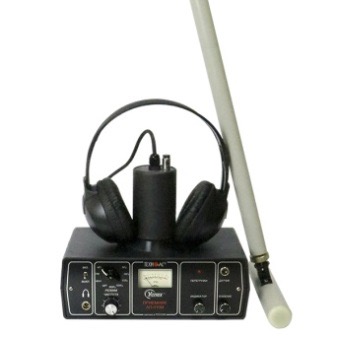
Leakage detector Success AT-207
from
99 360 ₽
The kit of the portable acoustic leakage detector "Success AT-207" is designed to detect depressurization sites of underground pipelines of heat and water supply systems located at a depth of up to 3 m in channel and channel-free laying.
The search for damage sites is carried out by the acoustic method.
•
TEKHNO-AS
Kolomna
Produced in: Kolomna, Moscow region
